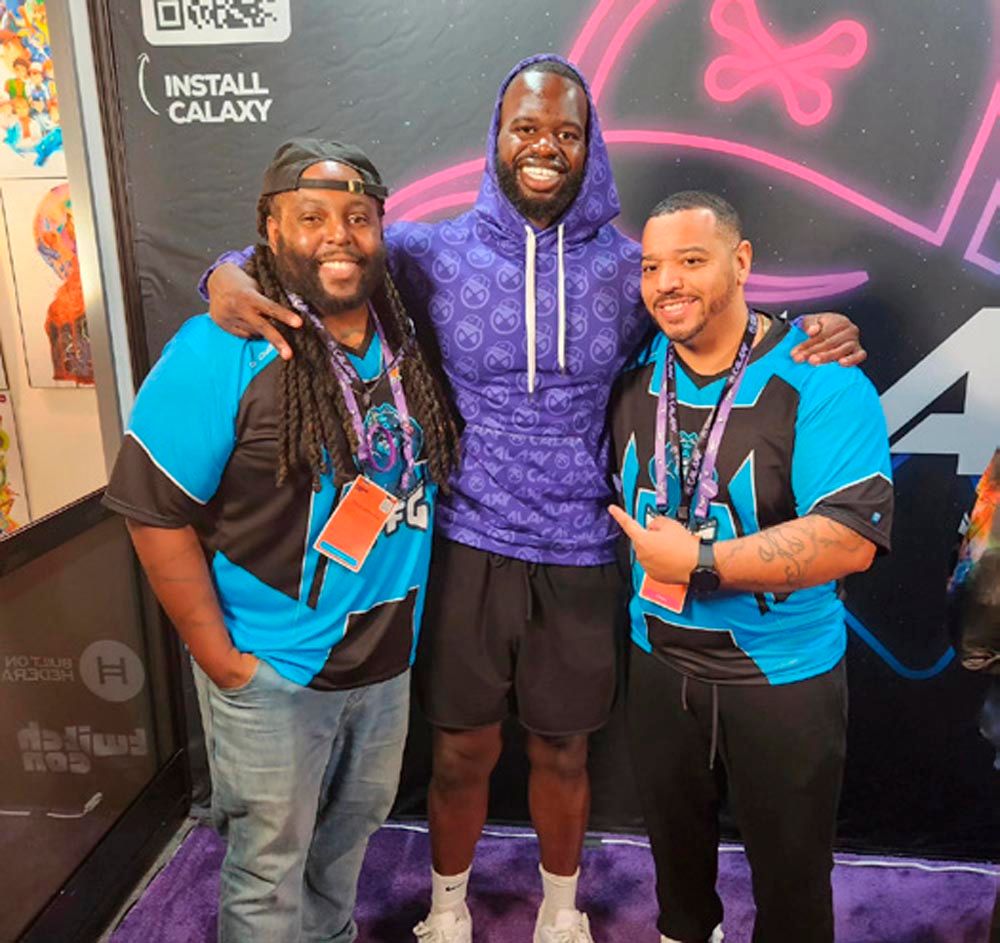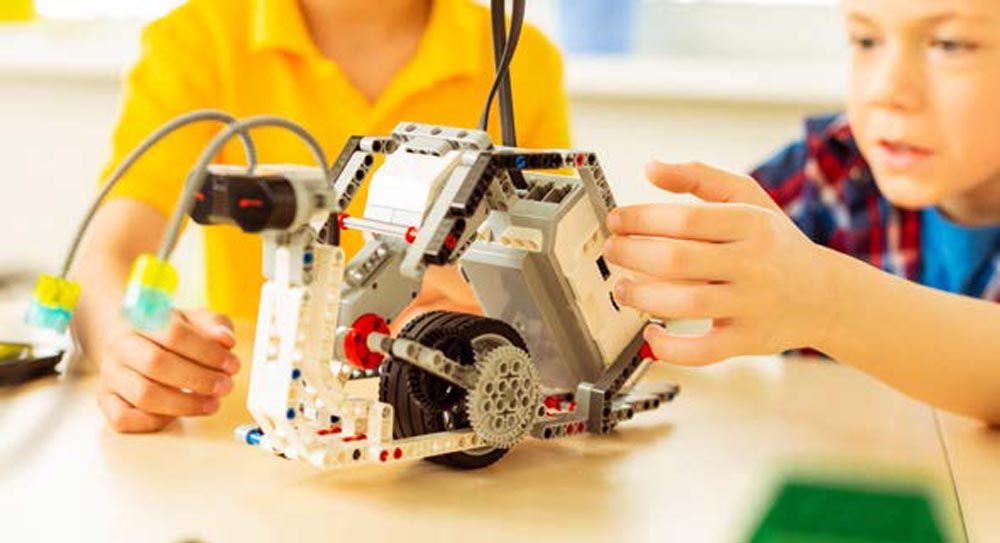Workforce Development: The Video Game
Influencers, Innovators and Gamers Collaborate to Bolster STEM Initiatives
I grew up playing video games in the 1980s/1990s. Today, my kids not only play video games, but could discuss coding, designing, and marketing at length on their YouTube channel. This generation is growing up with technology no other generation has ever had.
It’s no surprise that academic institutions are starting to see the value in tapping into this generation’s experience from a workforce development perspective. If we train enough coders, software developers and content creators, how many of these students might use these skills on a manufacturing floor after high school?
According to the Space Foundation, one of the most important components of STEM academics and careers in STEM is the ability to learn by trial and error; confidently theorize certain solutions; put them to the test; and record and process results. Students who engage with robotics can learn these important elements of STEM, which will benefit them in future projects.
It’s suggested that robotics, automation, and software careers will draw kids that have put the hours into technology and science from an early age whether its LEGOs, video games, board games or engineering puzzles.
But can all that “button-mashing” experience with an Xbox or Nintendo provide real value down the road?
In a medical study conducted by the National Library of Medicine, 30 medical students between the ages of 24 to 26 were divided into two groups (gamers vs. non-gamers) and performed a simulated surgery using VR equipment. The gamers significantly outperformed the non-gamers in many of the metrics needed to successfully perform robotic surgery.









